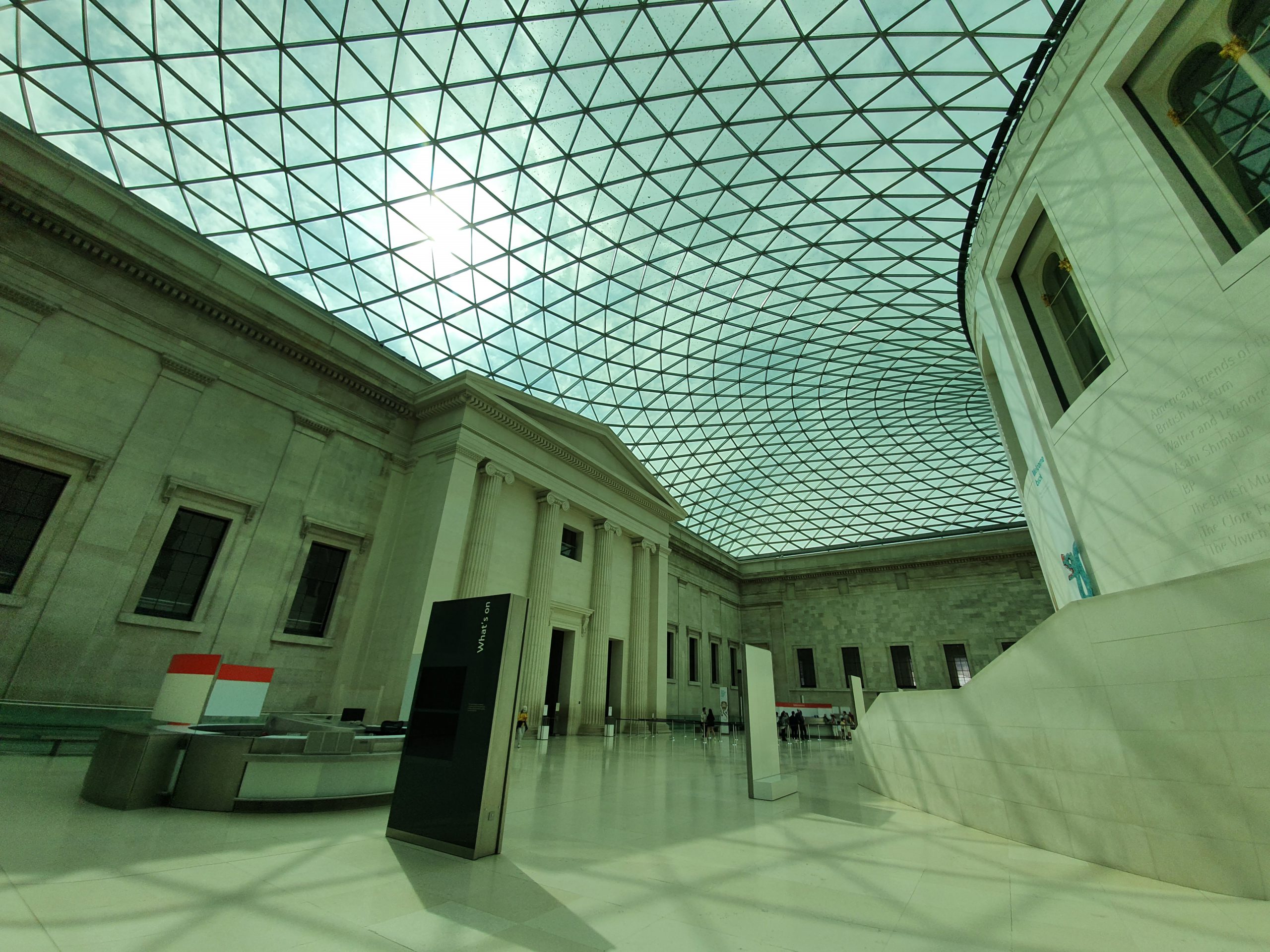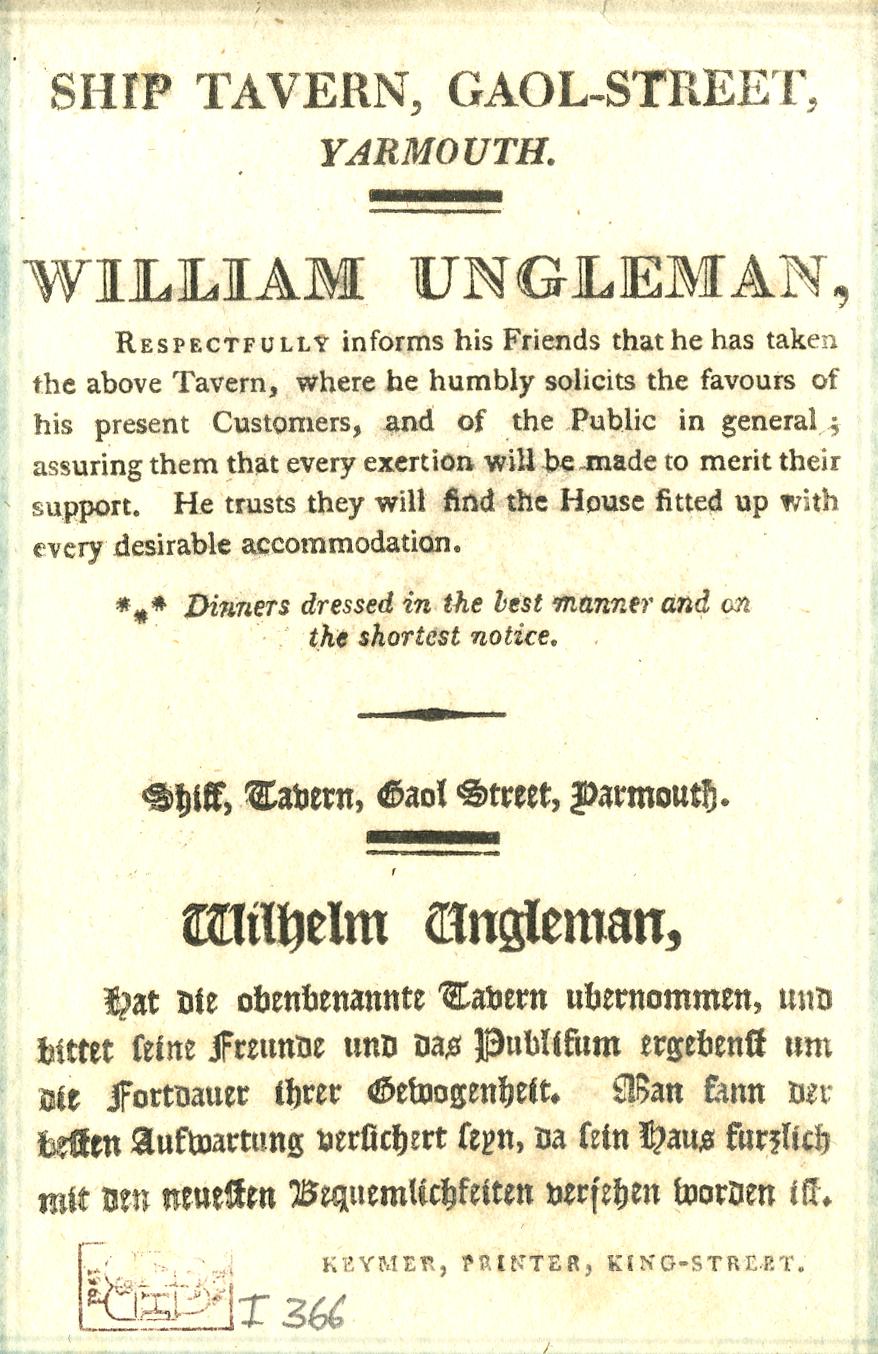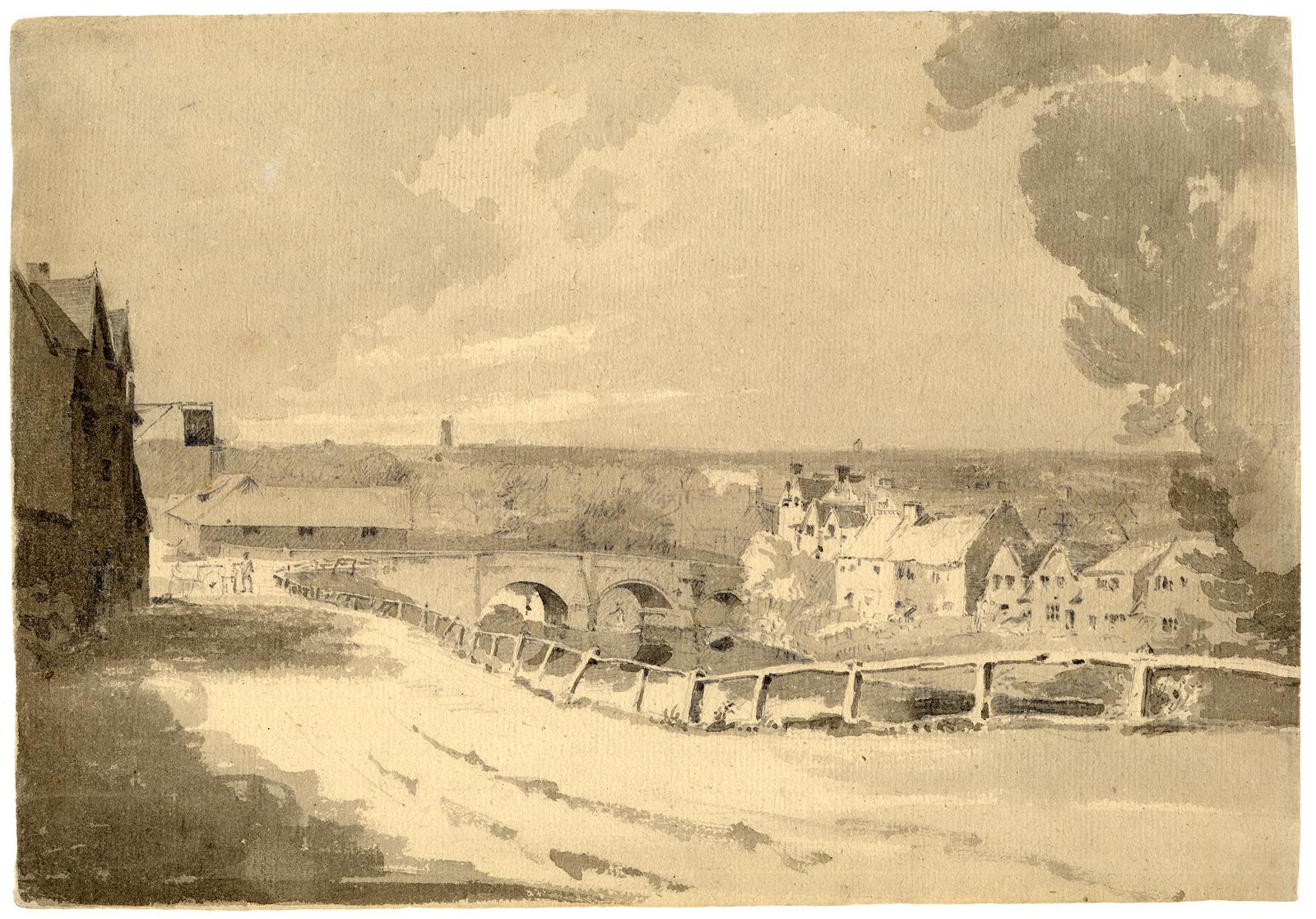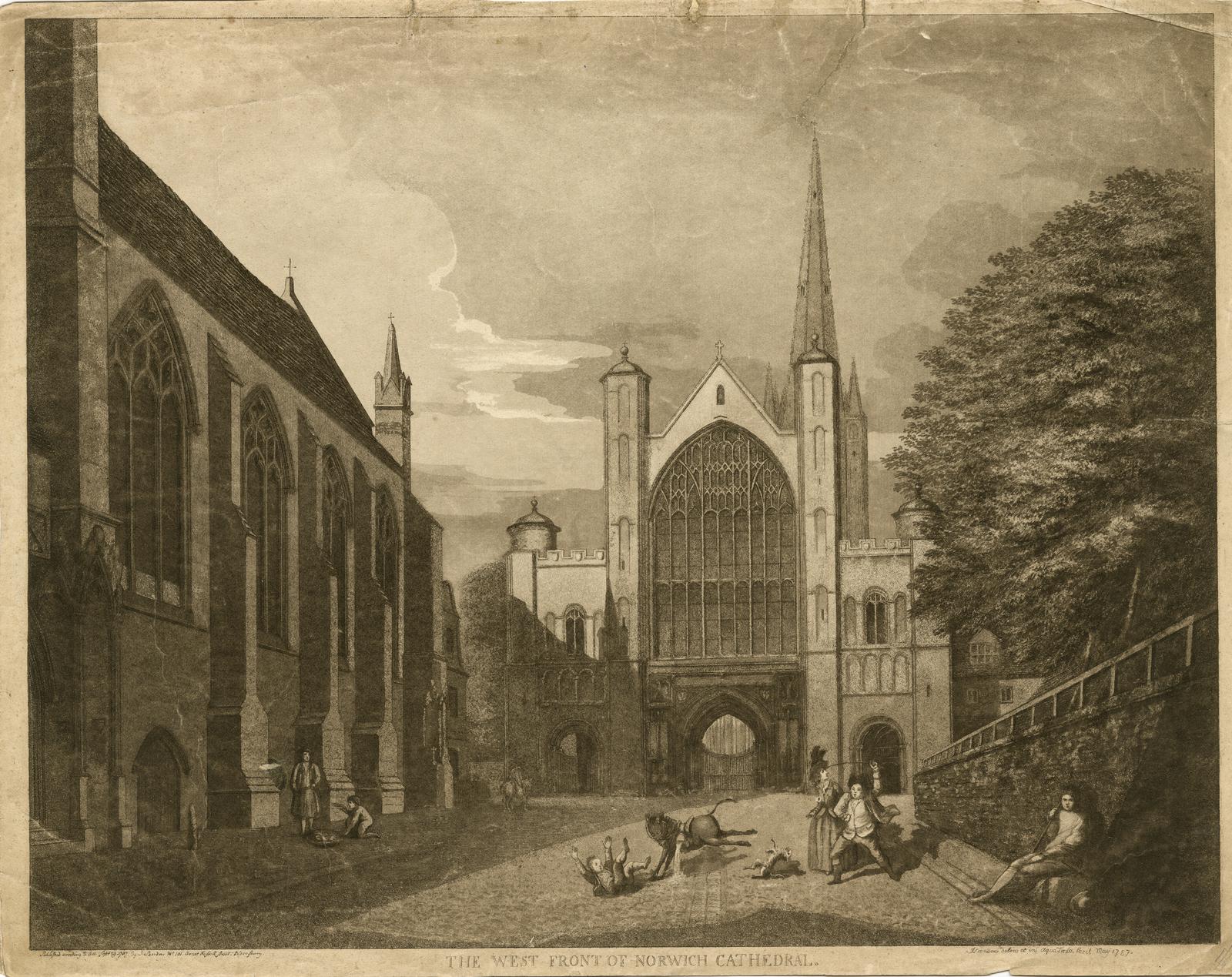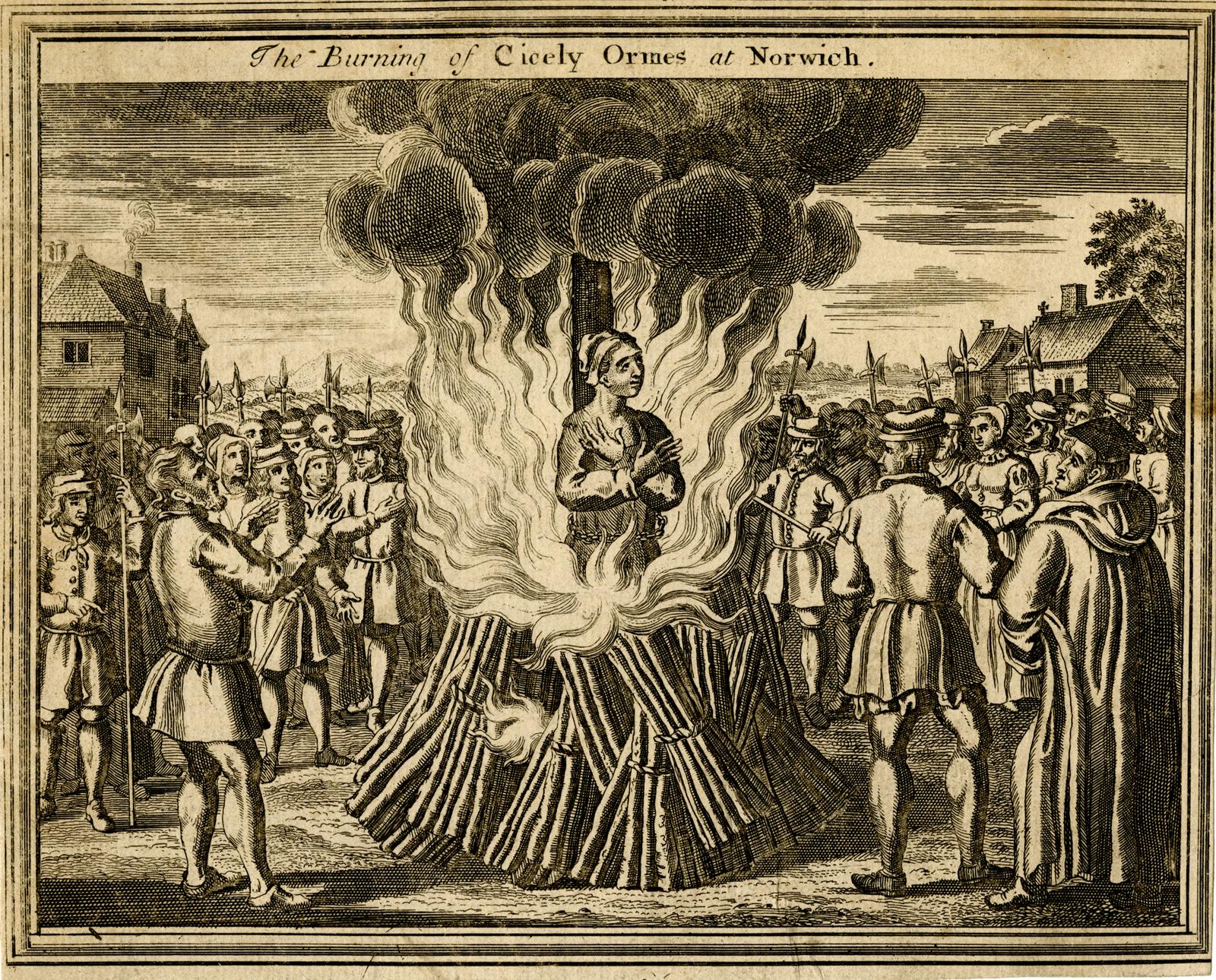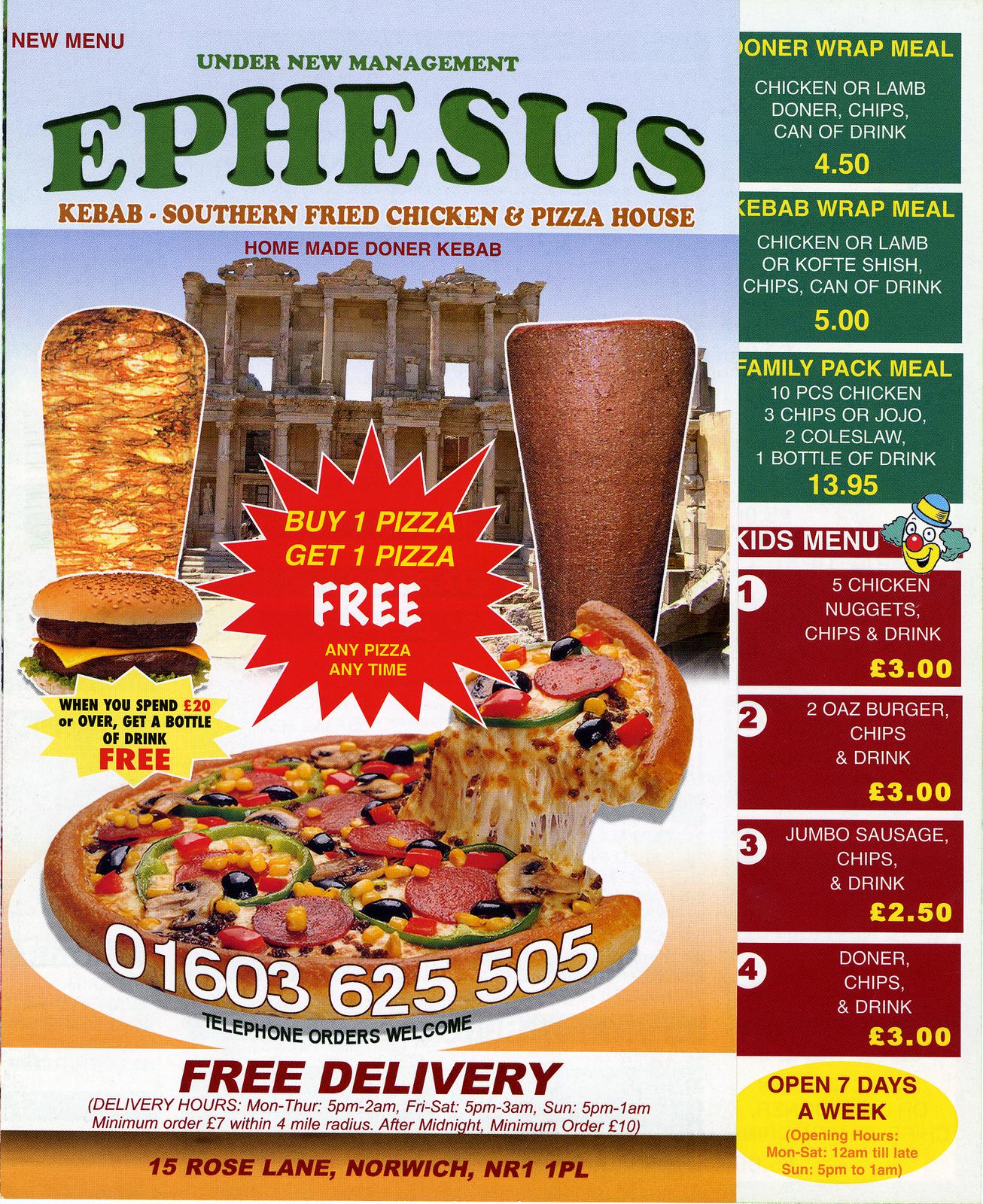The British Museum has taken a little longer to open that some other historic attractions in London, but I was able to pre-book a ticket to visit today. The facade of the building is under repair and is expected to open next year, the first restoration of this since it was damaged during the Second World War.
There’s some muddled logic about the entire opening and I’m surprised that the British Museum were struggling with this, although perhaps the professionalism of some other museums has made it look too easy in what are different circumstances. The British Museum limit entrance to the complex ten minutes before the time on the ticket, which isn’t clearly signed anywhere. It’s not illogical, it just means that people then hang around outside the entrance to the museum in a beautiful small crowd. Which isn’t ideal.
As for bags, they’re letting in some enormous backpacks, something which I was slightly surprised about. I suspect they’d be better limiting this to some degree, although the security process was quick to go through.
The inside of the British Museum’s Great Court, where there was plenty of space for visitors to walk around. The cafes and shops are also open, although the seating capacity of the former is quite limited.
And the beautiful old reading room, now unused for its original purpose as the British Library has its own premises at St. Pancras.
As for the interior, the museum had made what I considered to be a bizarre decision to funnel everyone together when they entered. So, they ended up with relatively crowded areas, which isn’t really an ideal situation given what is going on at the moment. I suspect that the staff are meant to restrict entrance, but there’s a limited amount they can do. The photo above isn’t of the busiest areas, but I didn’t entirely like their one-way system. None of the other museums I’ve visited over the last few weeks has tried to operate with a one-way system, sometimes it’s best to get people away from each other. If visitors see a nice quiet area, then they can go and visit that, rather than have to stand around together in an area where they might not feel entirely safe.
These photos were taken in order and what ended up happening was that there was a clump of people at the start of the one-way process and then nearly no-one hanging around as they reached the end to their visit and perhaps rushed through. The one-way system is in places difficult to follow, a chunk of people walk against it and that’s not through any fault of theirs, as in some places I found it illogical.
Anyway, it was nice to see the British Museum open again, I usually visit every few months and look around a certain section each time. There’s lots closed off at the moment, but there’s still a reasonable amount to see. Definitely some thought needs to be put into the flow of visitors though and letting them self-regulate to a degree so they can feel safer and less crowded.

